The big picture: Intel and Qualcomm announced a partnership to bring the full Windows 10 OS to ARM devices back in December 2016. It took a year before launch partners announced the first Snapdragon 835-powered PCs, but questions have been raised over their performance compared to x86 chips. That could eventually change, however, thanks to a new trio of products from ARM.
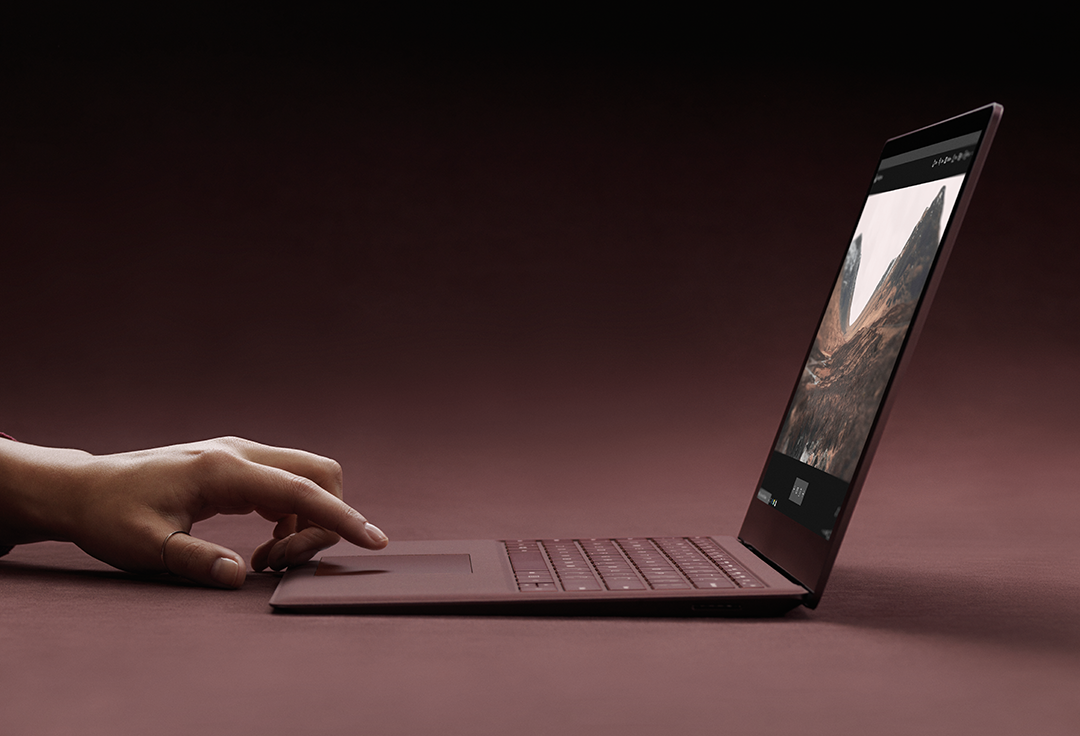
Based on its DynamIQ technology, the new ARM Cortex-A76 CPU “delivers laptop-class performance while maintaining the power efficiency of a smartphone,” according to the company.
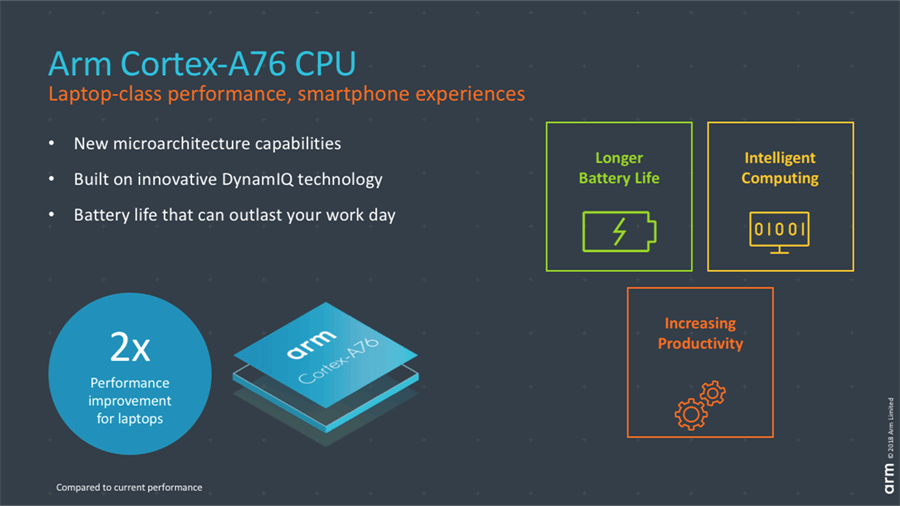
ARM says the A76 boasts a 35 percent performance increase compared to last year’s Cortex-A75 and is 35 percent more power efficient. It also brings four times more compute performance for AI and machine learning tasks and is expected to double the performance of current ARM-based laptops.
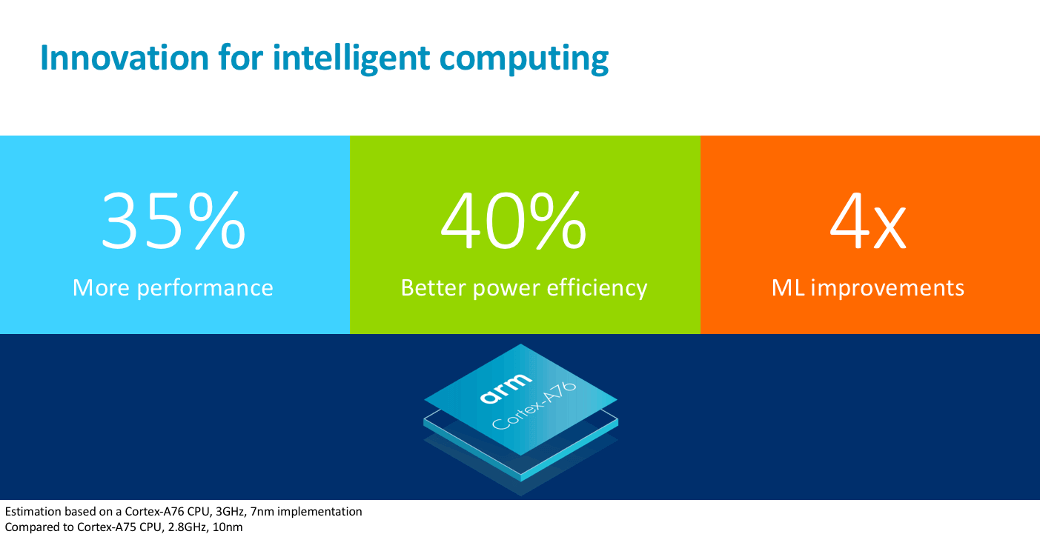
A lot of the gains come from the higher 3.3GHz clock speeds, as well as the larger L3, which is now 4MB instead of 2MB.
If the figures are accurate, the Cortex-A76 could result in ARM-based Windows 10 machines that actually challenge Intel/AMD-powered device. ARM’s lead processor architect, Mike Fiilippo, told CNET it has around the same performance as an Intel Core i5-7300, and could match an i7 CPU if configured with more cache memory.
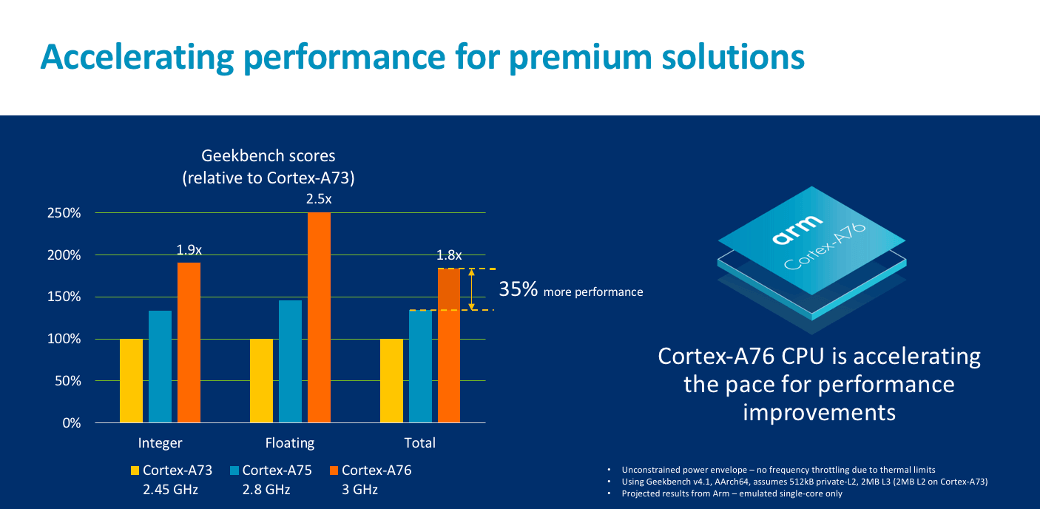
In addition to powering laptops and Chromebooks, the CPU has applications for smartphones, home devices, single-board computers, and the automotive industry. The Cortex-A76 is set to arrive in devices sometime next year.
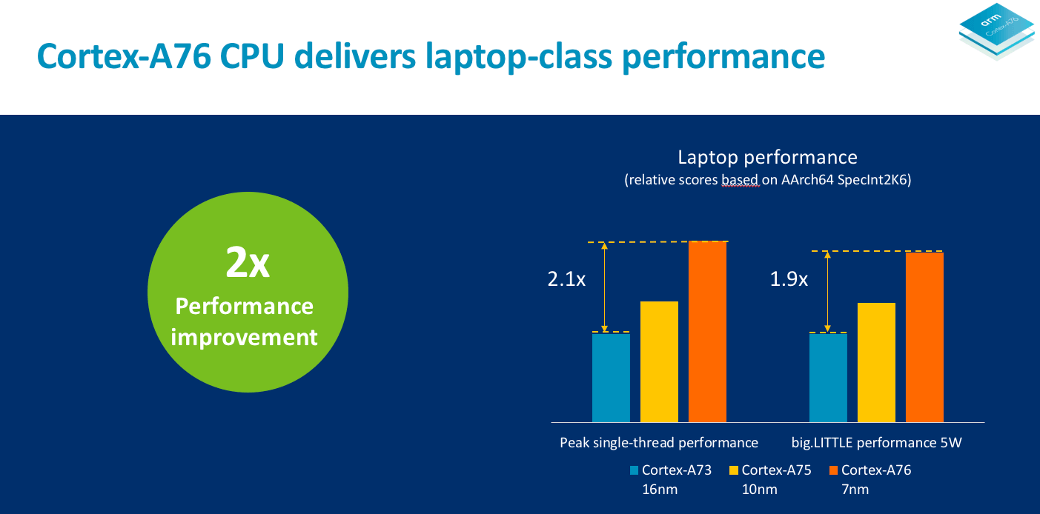
ARM also announced the new Mali-G76 GPU, which offers 30 percent more performance density, 30 percent more energy efficiency, and a 1.5x increase in mobile gaming performance.
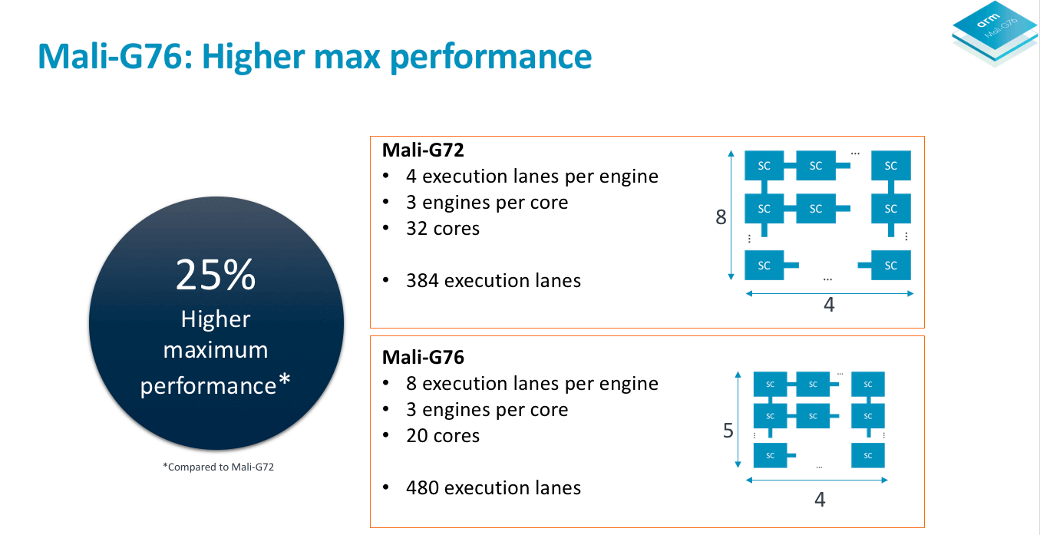
Finally, there’s the Mali-V76 VPU, which doubles the decoding performance of ARM’s previous video processing unit, allowing it to support 8K video decoding at 60 fps or four 4K videos at 60 fps. It can also support up to sixteen 1080p streams, enabling the creation of 4x4 video walls, which ARM says is increasingly becoming an absolute essential in the Chinese market.

https://www.techspot.com/news/74888-arm-looks-challenge-intel-laptop-market-cortex-a73.html